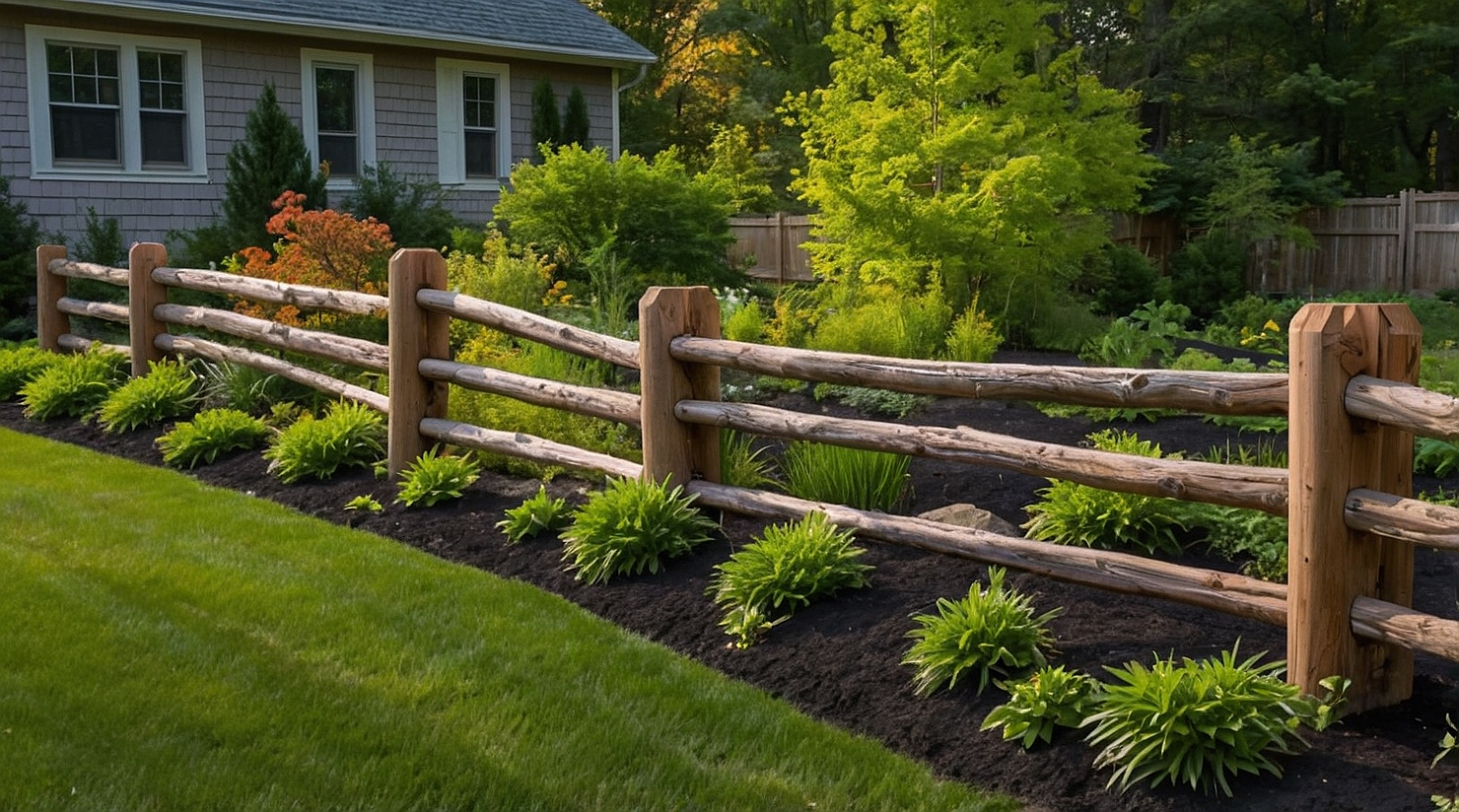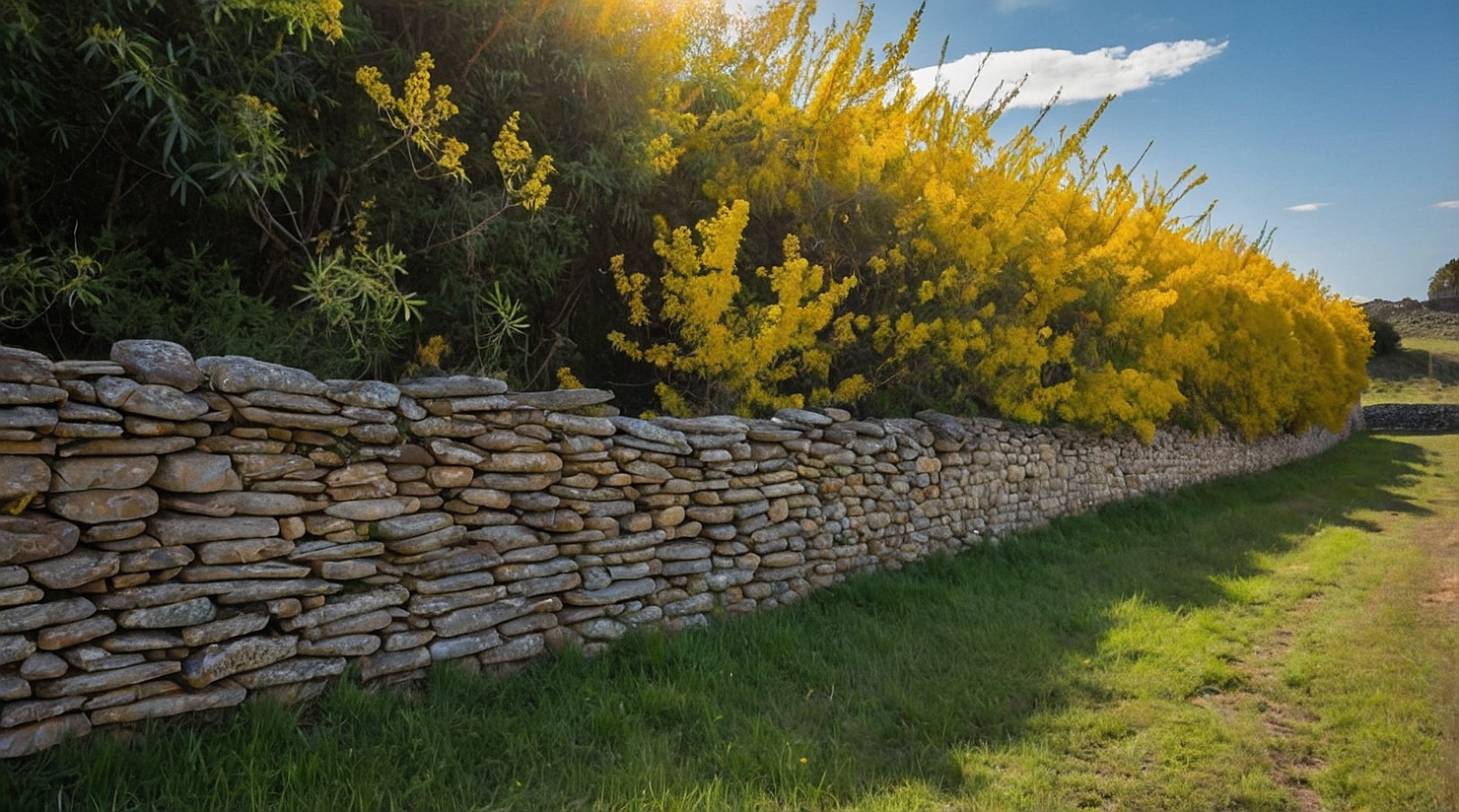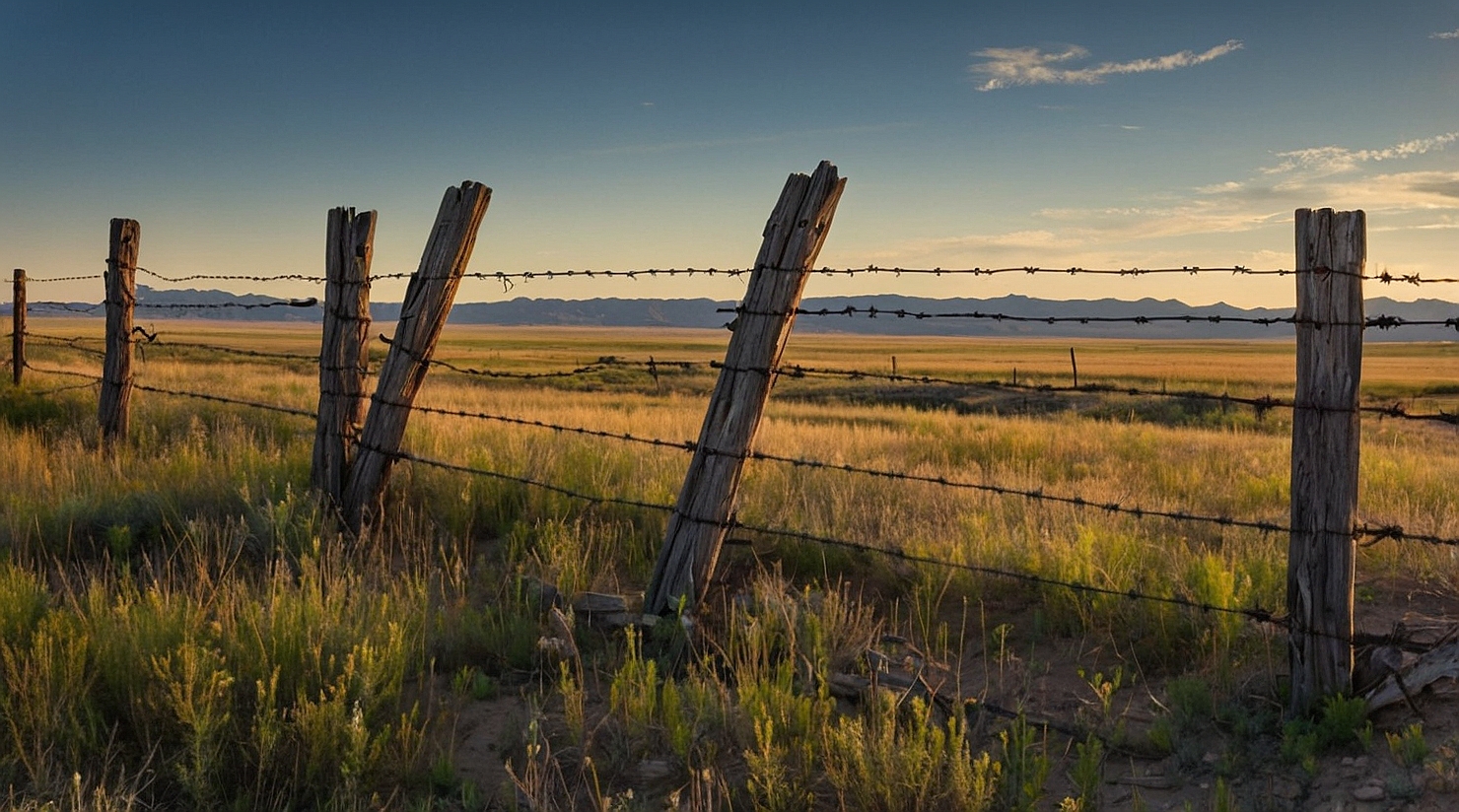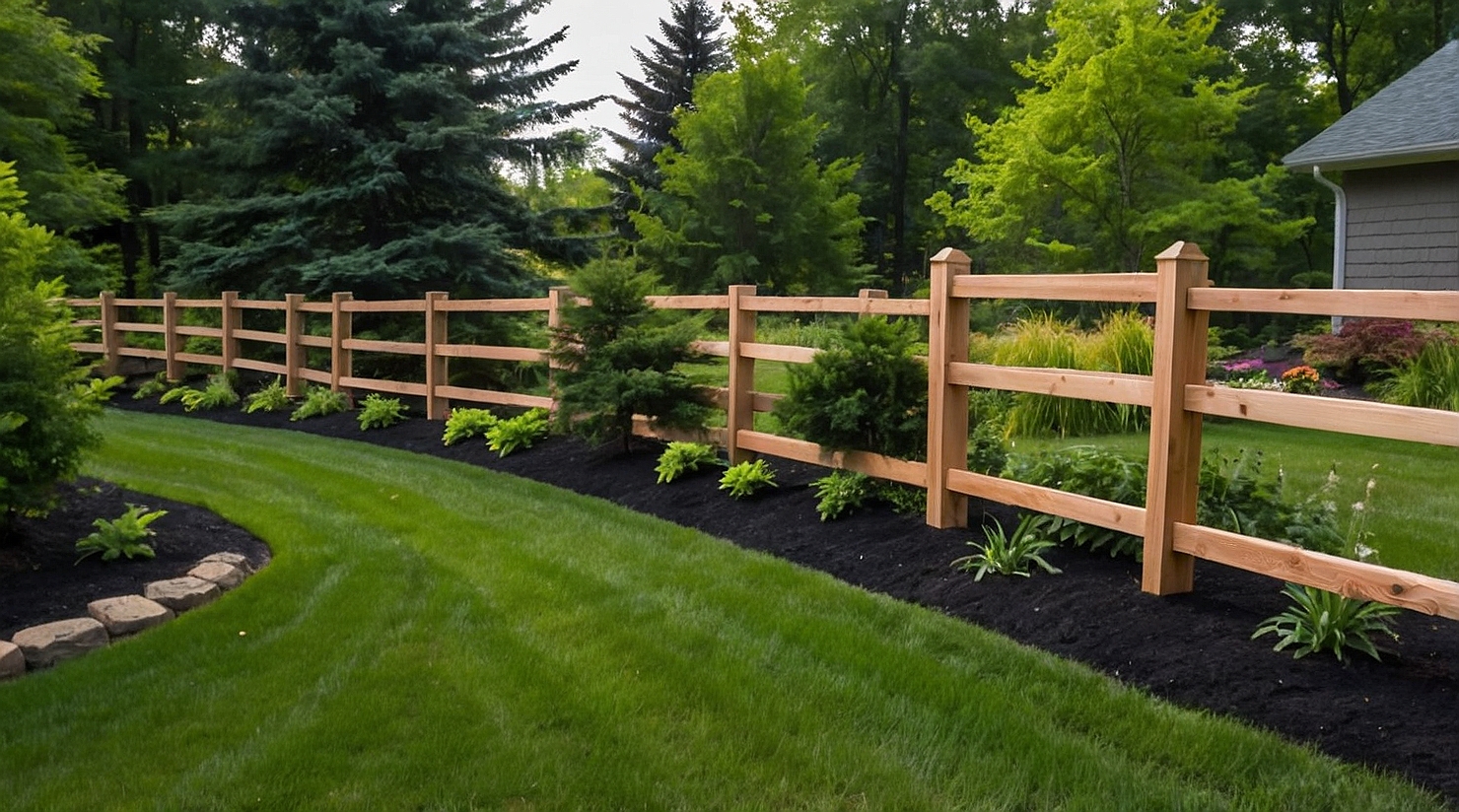
Fence Installation: A Historical Perspective
Fence Installation: A Historical Perspective
Fences are more than just property dividers or privacy enhancers. They reflect cultural values, economic priorities, and technological progress. From ancient civilizations to today’s suburbs, the practice of fence installation has evolved significantly. This article explores the rich history of fences and how modern companies like Superior Fence, a trusted fence company in Michigan, continue the tradition.
The Earliest Fences: Boundaries of Survival
One of the earliest recorded uses of fencing dates back to 3500 BCE in ancient Mesopotamia. These early enclosures were used to keep livestock in and predators out. Archaeologists have discovered remains of stone walls and post holes suggesting structured fencing in both agricultural and residential areas. In early societies, a fenced-in area symbolized ownership and stewardship of land.

In ancient Egypt, walls and wooden fencing were used to outline temple grounds and noble estates. These early examples combined function with symbolic meaning, marking social status and divine protection.
Source: World History Encyclopedia – The Fence
The Roman Influence: Law and Land
The Romans introduced formal laws around land ownership, making fences even more significant. Their fences—often made from stone, wood, or thorny shrubs—demarcated farm plots and vineyards. Roman roads often ran alongside these property boundaries, showing how fencing and infrastructure grew hand in hand.
In fact, the Latin word “fensus” meaning “to strike or ward off” is the root of the modern word “fence.”
Source: Oxford Reference – Fence History
Medieval Europe: Fencing as a Social Symbol
During medieval times, fencing reflected hierarchy and feudal systems. Nobility enclosed their lands with stone or timber fences to establish dominance and protect resources. The famous “pale” [as in “beyond the pale”] referred to a fence or stake used to mark legal boundaries.
Commoners often used woven wattle fencing or dry stone walls for crops and livestock, showing ingenuity with available materials. Some historic techniques like “hedgelaying”—intertwining living shrubs to create a dense fence—are still practiced in rural areas today.
Colonial America: Functional Simplicity
As settlers arrived in North America, fencing became vital for survival. The iconic split-rail fence became synonymous with early American homesteads due to its simplicity and adaptability. These fences did not require nails, making them ideal for rural, resource-limited regions.
- Zigzag or worm fences: Used for livestock containment
- Picket fences: Popular in towns for ornamental use
- Stone walls: Common in New England, built from glacial stones
Source: Mount Vernon Historical Archive
The Industrial Revolution: The Birth of Modern Fencing
With mass production and new materials, fencing began to change in the 19th century. Wrought iron, barbed wire, and later chain-link fencing became available, revolutionizing urban development and farming efficiency. Barbed wire, patented in 1874, was especially crucial for taming the American West by cheaply fencing vast properties.
This era also saw decorative wrought iron emerge in Victorian architecture, turning fences into aesthetic features of homes and estates.
20th Century to Today: Fencing Meets Technology
Modern fences come in a wide variety of materials including vinyl, aluminum, steel, and composite wood. Today’s customers expect durability, curb appeal, and minimal maintenance. Companies like Superior Fence in Bloomfield Township specialize in delivering these modern expectations while honoring the historical purpose of fences: privacy, protection, and property value.
Innovations include:
- Solar-powered gates
- Eco-friendly fencing materials
- Remote monitoring of property boundaries via smart tech
The Cultural Significance of Fencing
Beyond function, fencing holds symbolic meaning across cultures:
- In Japanese gardens, bamboo fences reflect harmony and natural flow
- In African tribal lands, thorn hedges protect villages from wildlife
- In suburban America, white picket fences represent the “American Dream”
The Role of Fencing in Urban Development
In urban environments, fences are critical for zoning, noise reduction, and security. From schoolyards to sports fields to apartment complexes, fences organize human activity in a safe and manageable way. Fencing codes have become increasingly strict in city planning, ensuring both safety and aesthetics are maintained.
Fencing in the 21st Century: A Green Perspective
Sustainability is now a key consideration. Composite materials and recycled plastics are in high demand. Consumers are also more aware of deforestation, leading to a shift away from tropical hardwoods and toward responsibly sourced materials.
Companies like Superior Fence are responding by offering eco-conscious options that align with historical values of stewardship and community care.
Conclusion: The Fence as a Living Legacy
Fencing has evolved from crude enclosures to sophisticated systems of privacy, security, and design. Through every era, fences have told the story of human progress. Whether protecting ancient sheep or framing a modern backyard, fences serve as a link between the past and the present.
Today, a reliable fence company in Michigan like Superior Fence in Birmingham continues this legacy—offering not just physical boundaries, but peace of mind and aesthetic appeal for every property.



0 comments